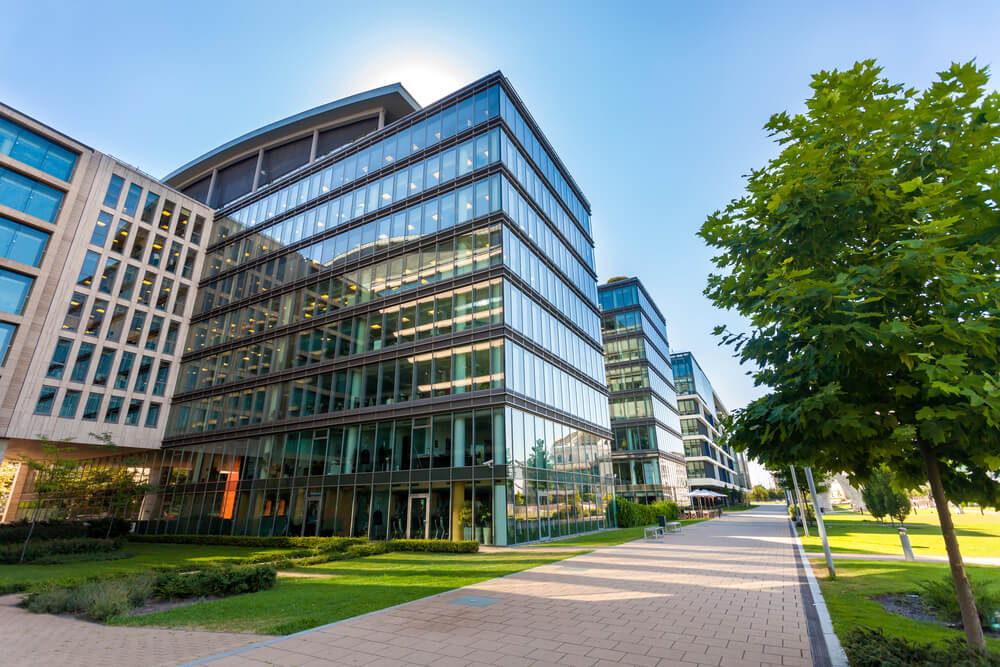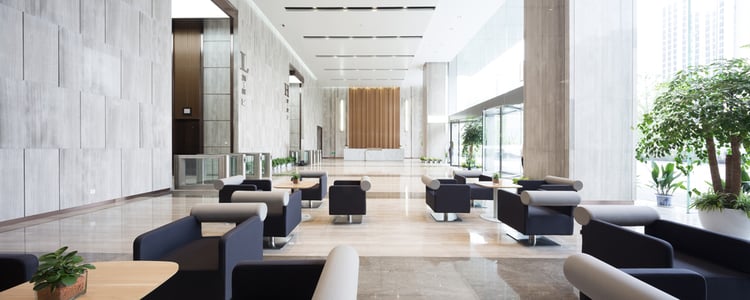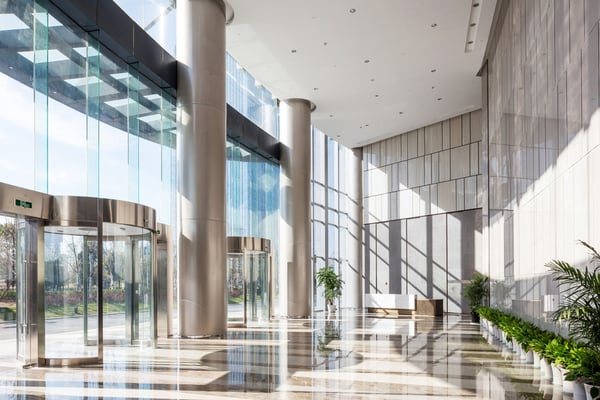The 3-30-300 Rule: Understanding the Real Operating Cost of Buildings

The ownership cost of a building goes beyond the construction budget. Consider that buildings have a service life of many decades, and there are maintenance costs and utility services to cover. In the case of commercial and industrial buildings, payroll and professional services also represent a major expense over time.
James Lang LaSalle (JLL) is a leading real estate firm globally, and they conducted a study of how commercial building costs are spread among rent, utilities and payroll. They found that the average cost distribution is the following:
- $3/sq.ft. for utility services
- $30/sq.ft. for rent
- $300/sq.ft. for payroll
This has been called the 3-30-300 rule, and it provides useful insight when companies want to optimize their building operation costs. Keep in mind that this is a rule of thumb, and cost variations can be expected from building to building. However, companies tend to focus on reducing the cost of utility service and rent, but employee productivity gets less priority.
Improve your building energy efficiency and indoor environmental quality.
MEP engineering can help you optimize energy and water consumption, saving on utility costs. However, MEP design can also be used to improve the indoor environment. Some building upgrades can achieve both benefits simultaneously; for example, smart ventilation controls improve indoor air quality while saving on HVAC.
A Simple Example: 100,000 Square Feet Office
To visualize how buildings costs compare with each other, consider a 100,000 sq.ft. building that meets the 3-30-300 rule. The estimated annual costs for this property would be the following:
- $300,000 on utility services
- $3,000,000 on rent
- $30,000,000 on salaries and professional services
As mentioned above, cost optimization efforts normally focus on rent and utilities. However, the benefits of creating a more productive environment are overlooked. In this example, reducing the usage of utility services by 10% saves $30,000 per year. However, a 1% improvement in employee productivity is equivalent to $300,000 per year.
Productivity can be improved by creating a better indoor environment for occupants. MEP engineering can contribute to this, by enhancing the following aspects of building performance:
- Thermal comfort
- Humidity control
- Acoustics and noise reduction
- Adequate lighting and glare prevention
- Indoor air quality
- Water supply quality
Reducing energy and water consumption can help a building earn points towards a LEED certification. However, improving the indoor environment can help score points for both LEED and WELL certification. Achieving both certifications in the same building is a challenging project, but possible.

Considering the 3-30-300 rule, building upgrades that save on utilities while improving the indoor environment are especially valuable. When the productivity gains are factored in, the return on investment from building improvements is much higher, while the payback period is shortened.
Building owners can also reject energy saving measures that are poorly designed based on a negative productivity impact.
- In a building that follows the 3-30-300 rule, it only takes a 0.1% productivity loss to negate the economic benefit of 10% in utility savings.
- There is a common misconception that energy efficiency and indoor environmental quality involve a trade-off, where one aspect can only be improved at the expense of the other one. However, smart design decisions can achieve synergy, especially when dealing with MEP installations.
Productivity gains can help justify a WELL certification from a financial standpoint, just like energy and water savings in the case of LEED certifications. Of course, there is an environmental and social benefit, which helps companies brand themselves as corporate citizens. Sustainable businesses with certified green buildings will tend to attract clients who share their values.
Building Upgrades: Making Smart Investment Decisions

By being aware of the 3-30-300 rule of thumb, facility managers can avoid poor decisions that may seem promising at first. For example, some office layouts concentrate workspaces in smaller areas, which results in less square feet per occupant. While this may save on rent, a cluttered work environment can cause stress among collaborators, reducing their productivity.
A similar logic applies when energy saving measures are suggested without analyzing their effect on indoor environmental quality. For example, an arbitrary reduction of the ventilation rate saves fan power, while reducing heating costs in winter and cooling costs in summer. However, a reduced outdoor airflow leads to a higher accumulation of air pollutants, which is detrimental for health and productivity.
Any measure that achieves savings at the expense of productivity will likely have a negative financial impact. The financial benefit of a 10% productivity gain is around 10 times larger than saving 10% on rent, and around 100 times larger than saving 10% on utility services.

Michael Tobias
Michael Tobias, the Founding Principal of NY Engineers, currently leads a team of 50+ MEP/FP engineers and has led over 1,000 projects in the US
Join 15,000+ Fellow Architects and Contractors
Get expert engineering tips straight to your inbox. Subscribe to the NY Engineers Blog below.



